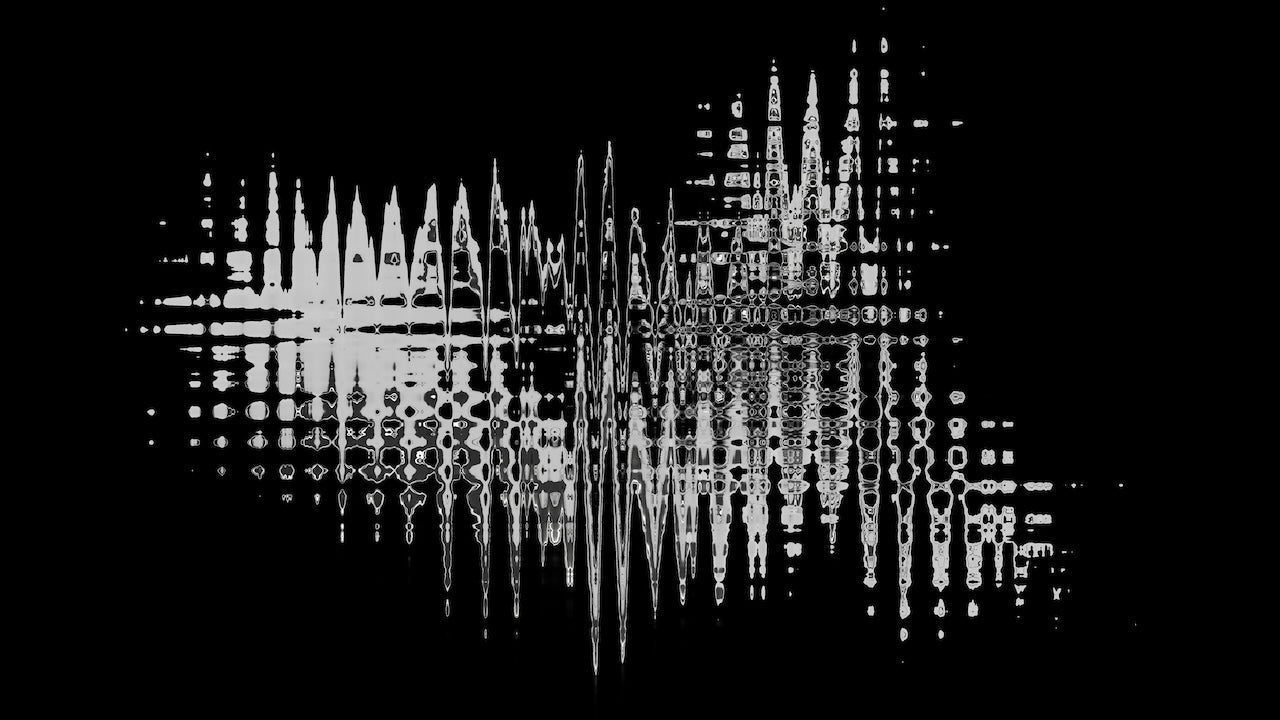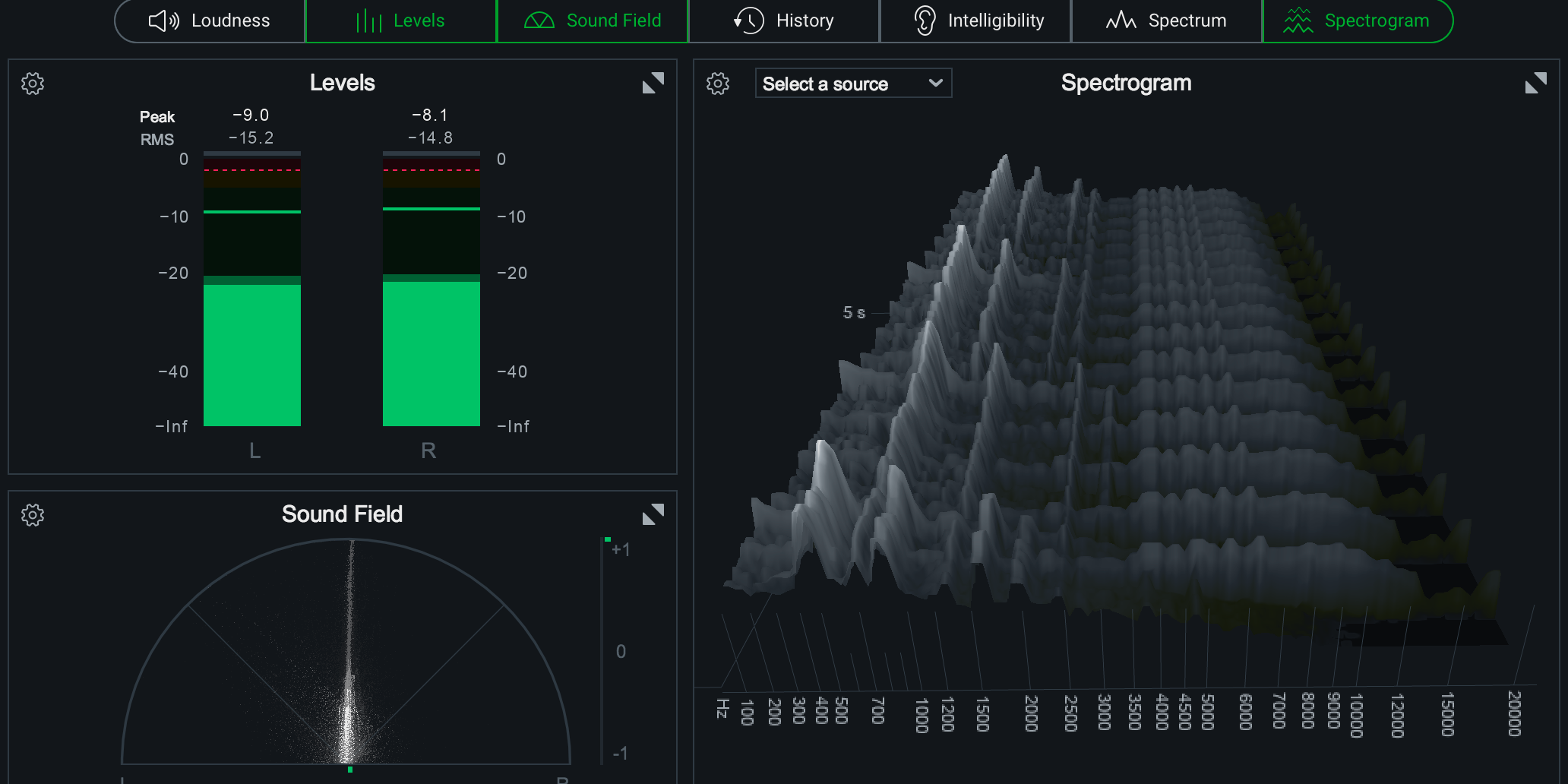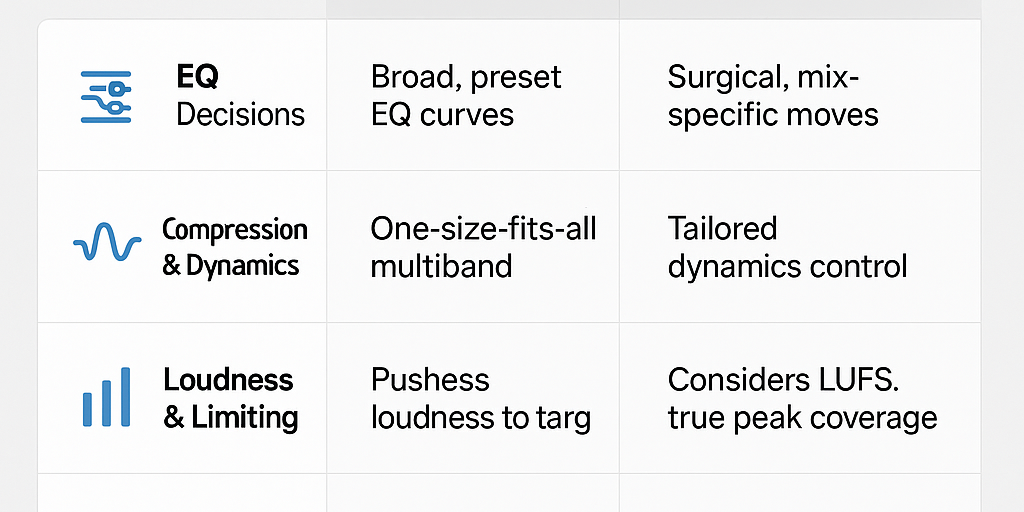Loudness is one of the most misunderstood parts of mastering, and confusion often comes down to one key question: what’s the difference between Peak and True Peak? While both terms deal with signal levels, they measure different aspects of audio—and the distinction matters if you want your music to sound clean on Spotify, Apple Music, or YouTube.
What Is Peak?
Peak level simply measures the highest digital sample value in your waveform. It shows how close your track gets to the ceiling of 0 dBFS (decibels full scale).
-
Example: If your loudest snare hit reaches -0.1 dBFS, your peak level is -0.1.
-
Limiting your track to just under 0 dBFS ensures it won’t distort inside your DAW.
But there’s a catch: this doesn’t guarantee distortion-free playback on streaming platforms.
What Is True Peak?
True Peak goes one step further. It estimates the inter-sample peaks that occur when your digital audio is converted back into an analog signal.
-
Even if your digital peaks are safely below 0 dBFS, inter-sample peaks can push the signal above 0 during playback.
-
This often results in clipping, distortion, or pumping—especially after lossy encoding (like MP3 or AAC compression).
Streaming platforms like Spotify, Apple Music, and TIDAL use True Peak measurement to prevent this problem.
Why True Peak Matters for Mastering
If you only pay attention to sample Peak, your masters may sound fine in your DAW but distort on platforms that normalize playback. That’s why mastering engineers recommend:
-
Keeping True Peak levels at -1 dBTP or lower for streaming.
-
Using a True Peak limiter to catch inter-sample peaks.
-
Measuring with a loudness meter that shows both LUFS and True Peak.
Tools like Youlean Loudness Meter, iZotope Insight, and Waves WLM Plus make it easy to track True Peak.
Peak vs True Peak: Quick Comparison
|
Measure |
What It Shows |
Limitation |
Why It Matters |
|---|---|---|---|
|
Peak |
Highest digital sample level |
Ignores inter-sample peaks |
Good for gain staging |
|
True Peak |
Highest reconstructed signal level |
Requires more processing |
Prevents distortion on streaming |
Ready to Take the Next Step?
Understanding True Peak vs Peak can mean the difference between a clean, professional master and one that distorts online. If you want your tracks to hit loudness targets without sacrificing clarity, submit your mix here for a free mastering sample.



